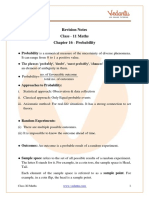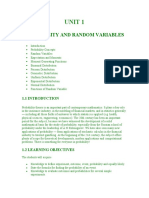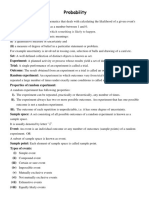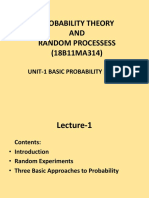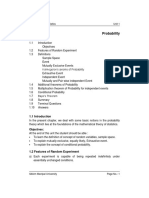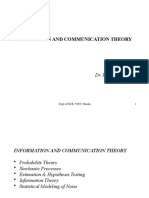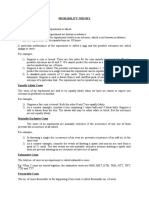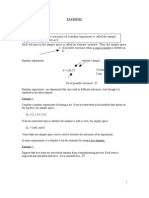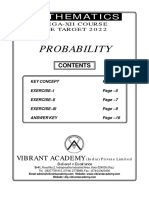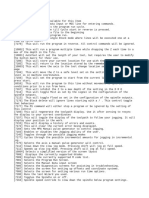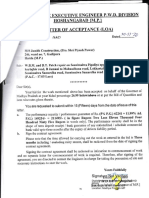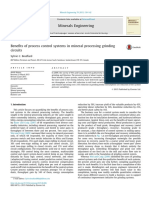0% found this document useful (0 votes)
45 views9 pagesJee Advanced Probability Revision Notes
The document provides comprehensive notes on probability, covering concepts such as random and deterministic experiments, sample space, events, and various probability theorems. It explains independent events, mutually exclusive events, conditional probability, and Bayes' theorem, along with examples to illustrate these concepts. Additionally, it discusses random variables, their distributions, and the characteristics of Bernoulli trials and binomial distributions.
Uploaded by
Soourabh KapureCopyright
© © All Rights Reserved
We take content rights seriously. If you suspect this is your content, claim it here.
Available Formats
Download as PDF, TXT or read online on Scribd
0% found this document useful (0 votes)
45 views9 pagesJee Advanced Probability Revision Notes
The document provides comprehensive notes on probability, covering concepts such as random and deterministic experiments, sample space, events, and various probability theorems. It explains independent events, mutually exclusive events, conditional probability, and Bayes' theorem, along with examples to illustrate these concepts. Additionally, it discusses random variables, their distributions, and the characteristics of Bernoulli trials and binomial distributions.
Uploaded by
Soourabh KapureCopyright
© © All Rights Reserved
We take content rights seriously. If you suspect this is your content, claim it here.
Available Formats
Download as PDF, TXT or read online on Scribd
/ 9





